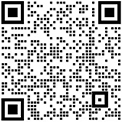Optical fiber, also known as optical fiber, is a communication technology that uses light to transmit information through fibers made of glass or plastic. It transmits light signals and is widely used in the internet, telephone communication, television signal transmission, medical, military, and various sensor networks. Optical fiber is an essential part of modern communication infrastructure.
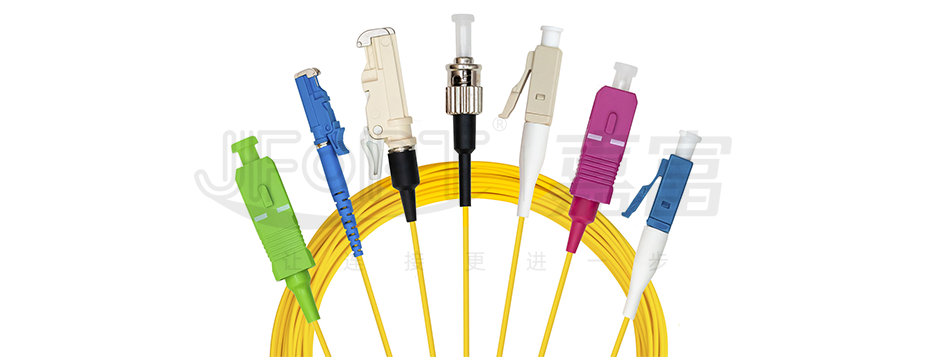
1. Color and Identification
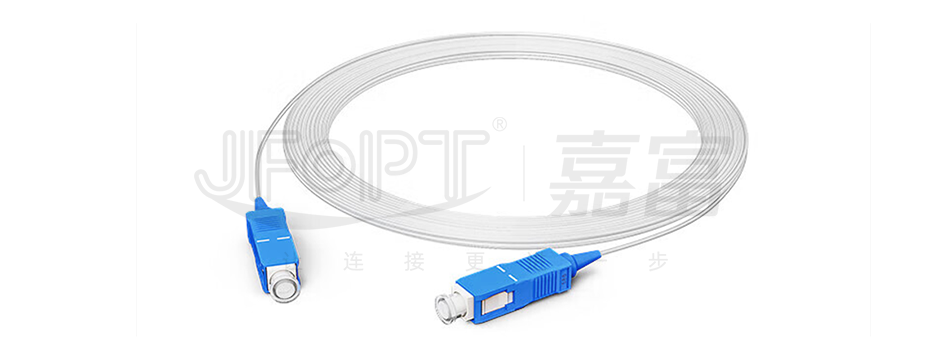
2. Characteristics and Uses
3. Summary

There are significant differences in color, use, characteristics, and application scenarios among fiber optic patch cords in white, yellow, black, and transparent. The following is a detailed analysis of these differences:
White Fiber Optic Patch Cord: These have a white protective coating or sheath. The color coding may follow international standards (e.g., TIA-598-C) to identify specific uses or specifications. White fiber optic patch cords are often referred to as white fiber optic pigtails and are used to connect optical transceivers to fiber distribution boxes, extending or supplementing fiber connections.
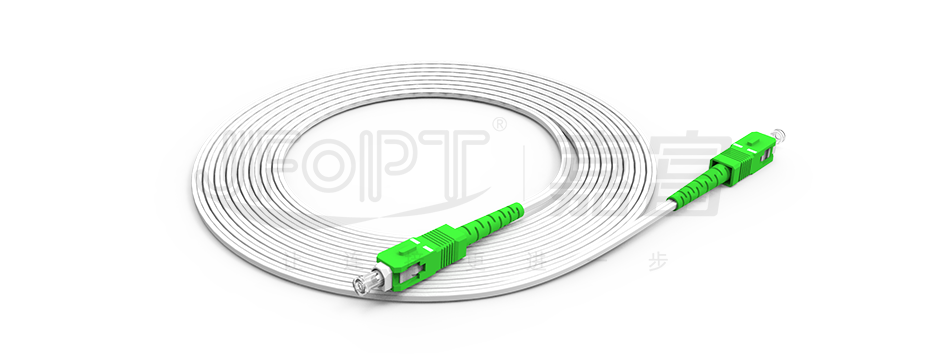

Yellow Fiber Optic Patch Cord: The cable or its connectors are yellow, commonly associated with single-mode fiber, indicating its high transmission capacity and long-distance transmission characteristics. However, in some cases, yellow may also be used for identifying multimode fiber patch cords, though it is more frequently seen with single-mode fibers.
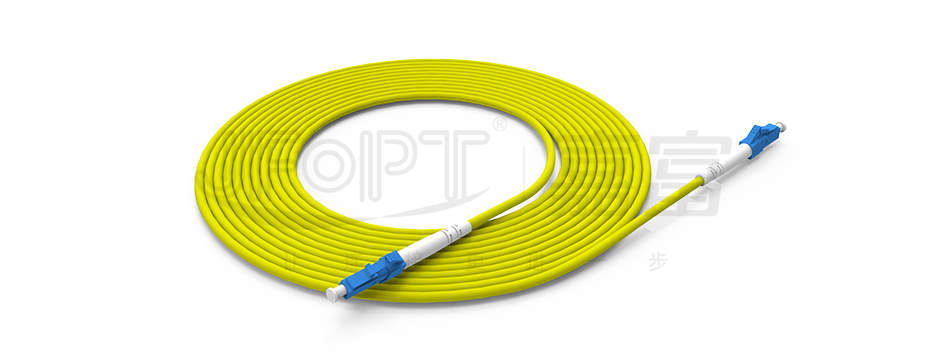

Black Fiber Optic Patch Cord: The entire patch cord or key parts are coated in black to reduce light reflection and leakage, enhancing transmission efficiency. Black fiber optic patch cords are typically used in scenarios requiring high transmission efficiency and low loss, such as high-speed data transmission and high-performance computing.
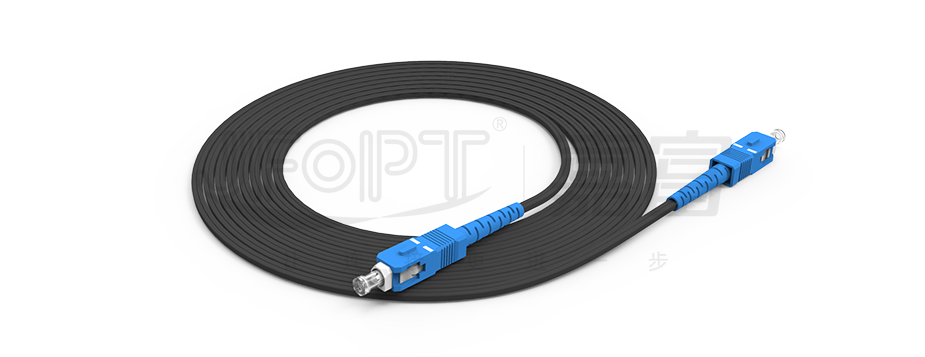

Transparent Fiber Optic Patch Cord: The fiber itself is transparent, with no additional color coating. These patch cords are mainly used for short-distance communication and special applications, such as fiber optic sensors or situations requiring a transparent appearance.

| Color | Characteristics | Uses |
| White | Covered with a white protective layer, it is both aesthetically pleasing and easy to manage. Typically used for indoor broadband wiring, it is important to avoid excessive bending and installation in high-temperature environments. The material is usually made of quartz glass (silicon dioxide), which is the most commonly used type of fiber optic. | Widely used in the field of communications, including telephone, internet data transmission, and cable television. |
| Yellow | Typically appears yellow, but the exact color may vary depending on the material and coating. Suitable for long-distance, high-speed data transmission; multimode fiber is suitable for short-distance, low-cost LAN and data center applications. | Yellow fiber is generally used for pigtail connections in splitters and splitter boxes. In some cases, it can also be directly connected to the household. |
| Black | Black fiber is typically wrapped in multiple layers of material to reduce light reflection and leakage, thereby improving light transmission efficiency. | In high-speed data transmission and high-performance computing applications, black fiber is used to reduce signal attenuation and interference. In certain special circumstances, such as in military and national security fields, black fiber is also used to conceal the presence of the fiber due to its stealth properties. |
| Transparent | This type of fiber is transparent, and its transparent design allows it to be well-hidden in various home decor styles, enhancing aesthetic appeal. | Generally used in FTTR construction, it can be quickly and easily installed around corners, doors, windows, decorative moldings, etc., effectively solving the problem of fiber optic cabling without drilling holes in walls. |
Fiber optic patch cords in white, yellow, black, and transparent colors each have unique characteristics, uses, and application scenarios. The choice of which fiber optic patch cord to use primarily depends on specific application needs and environments. In practice, factors such as transmission distance, bandwidth requirements, and cost considerations should be taken into account to select the most suitable type of fiber optic patch cord.
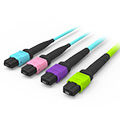
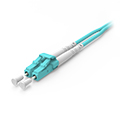
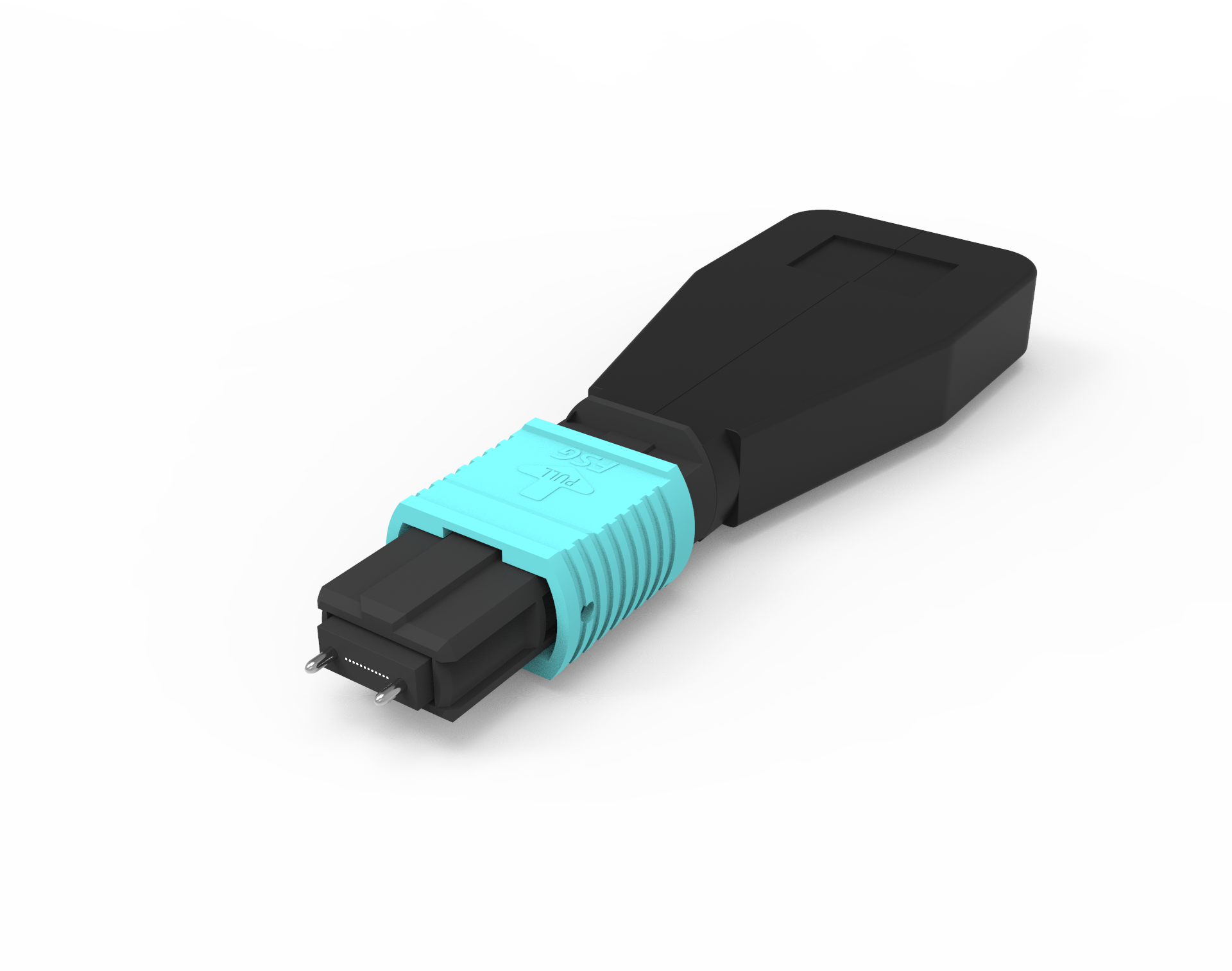
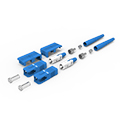
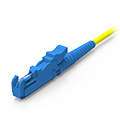
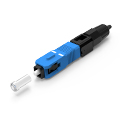
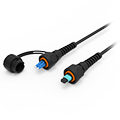
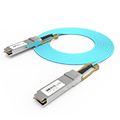
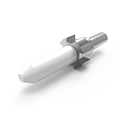
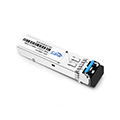
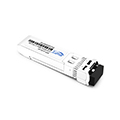
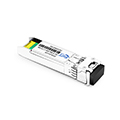
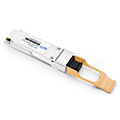
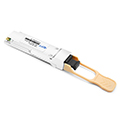

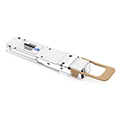
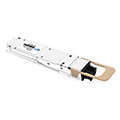
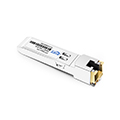
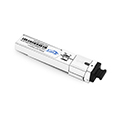
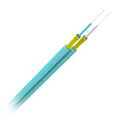
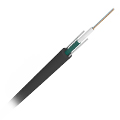
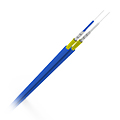
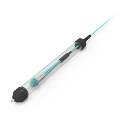
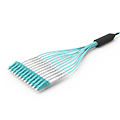
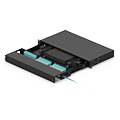
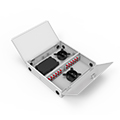
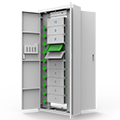
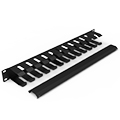
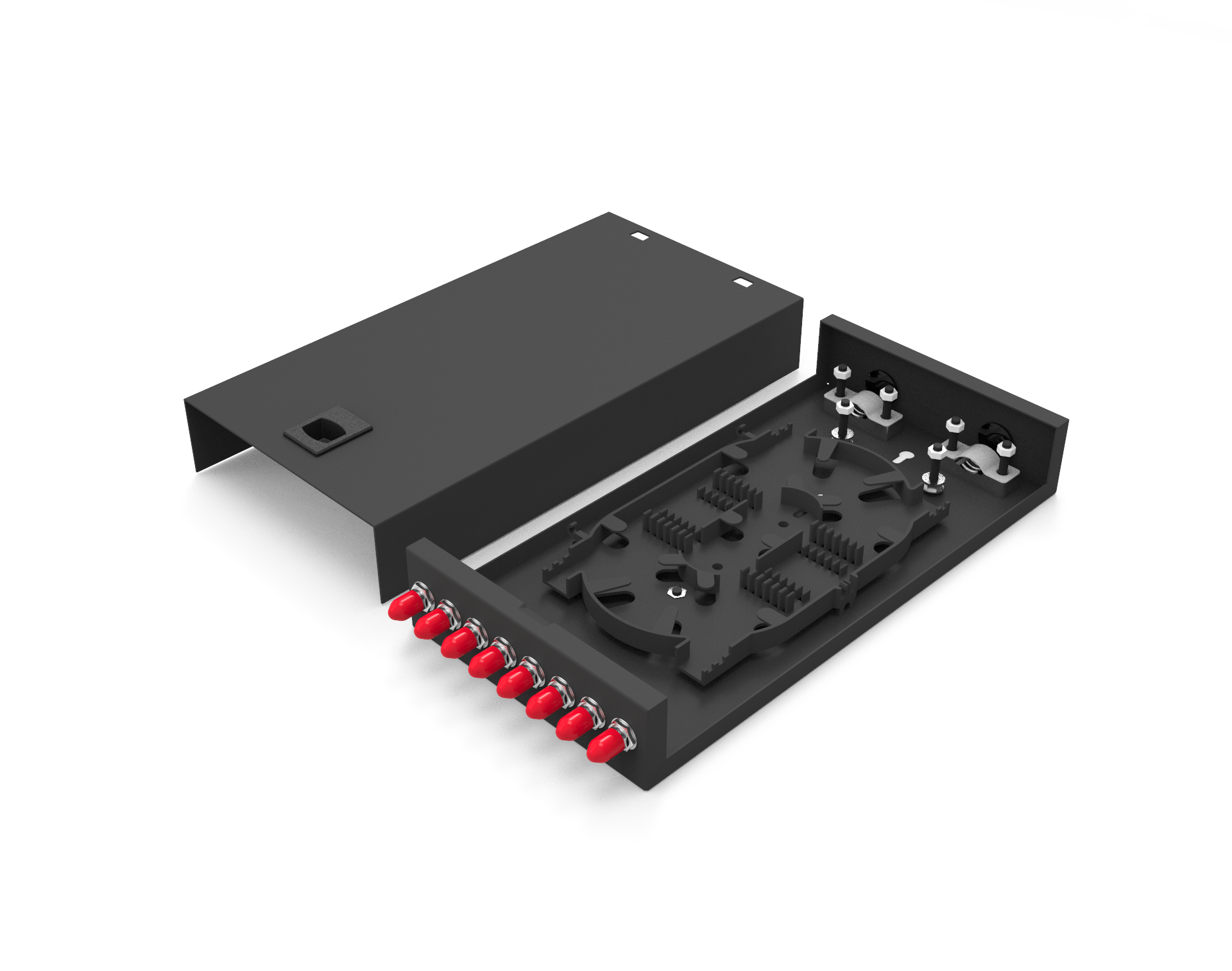
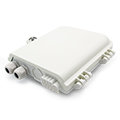
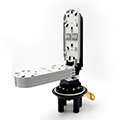
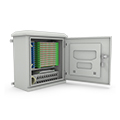
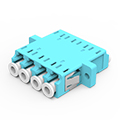
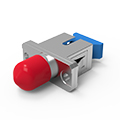
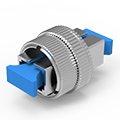
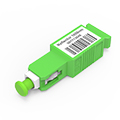
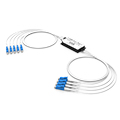
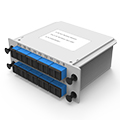
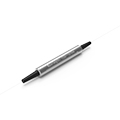
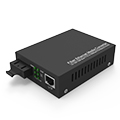
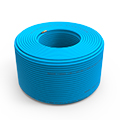
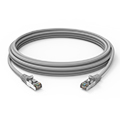
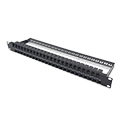
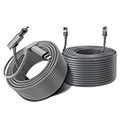
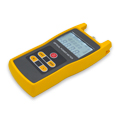
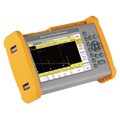
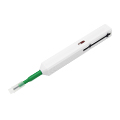
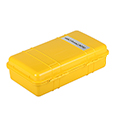
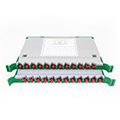
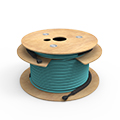



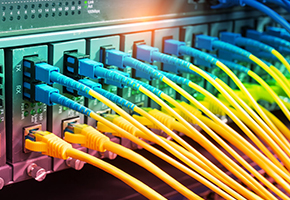
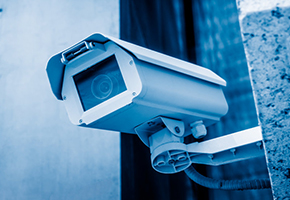













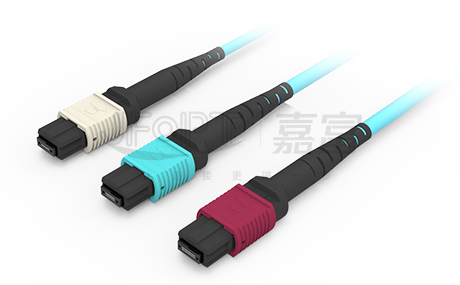
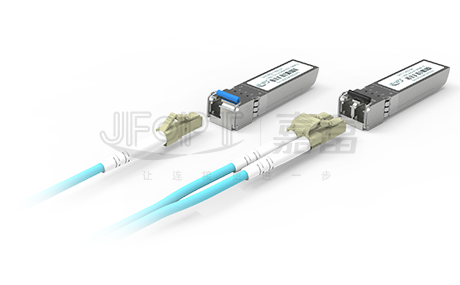
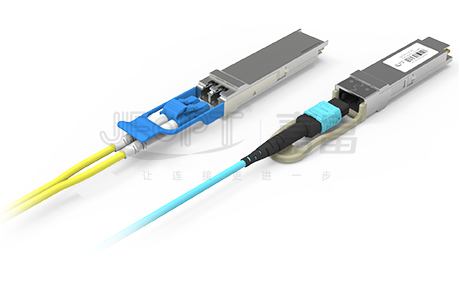
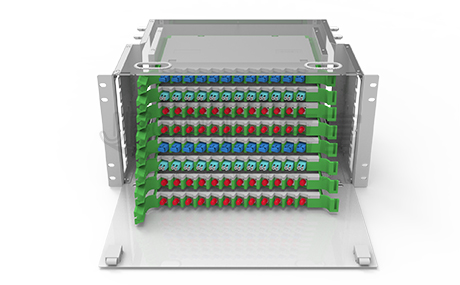
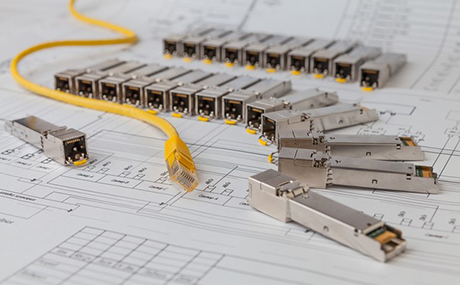
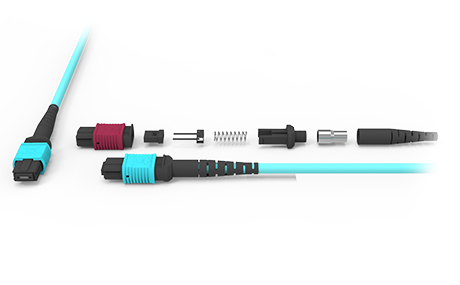
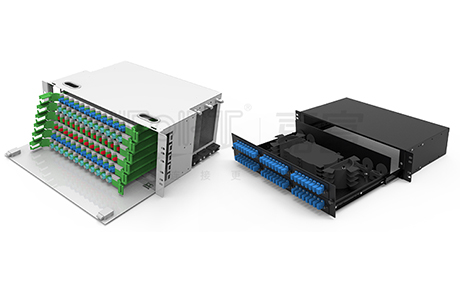
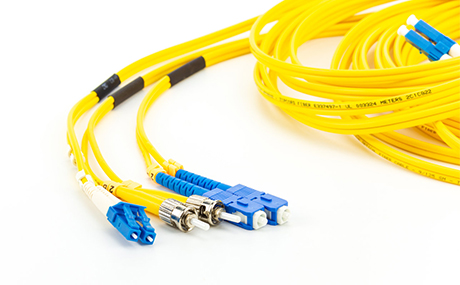
 Ann
Ann